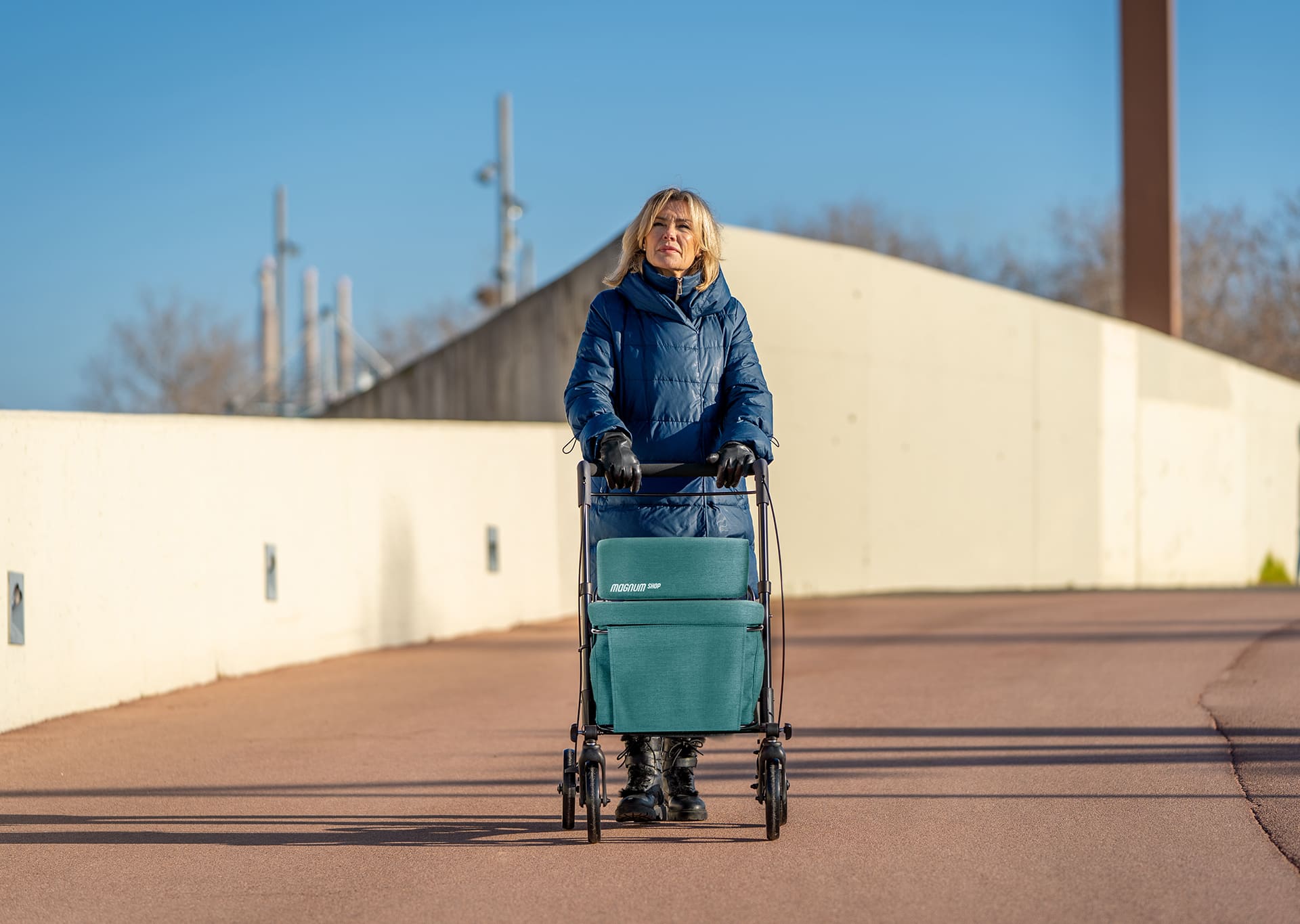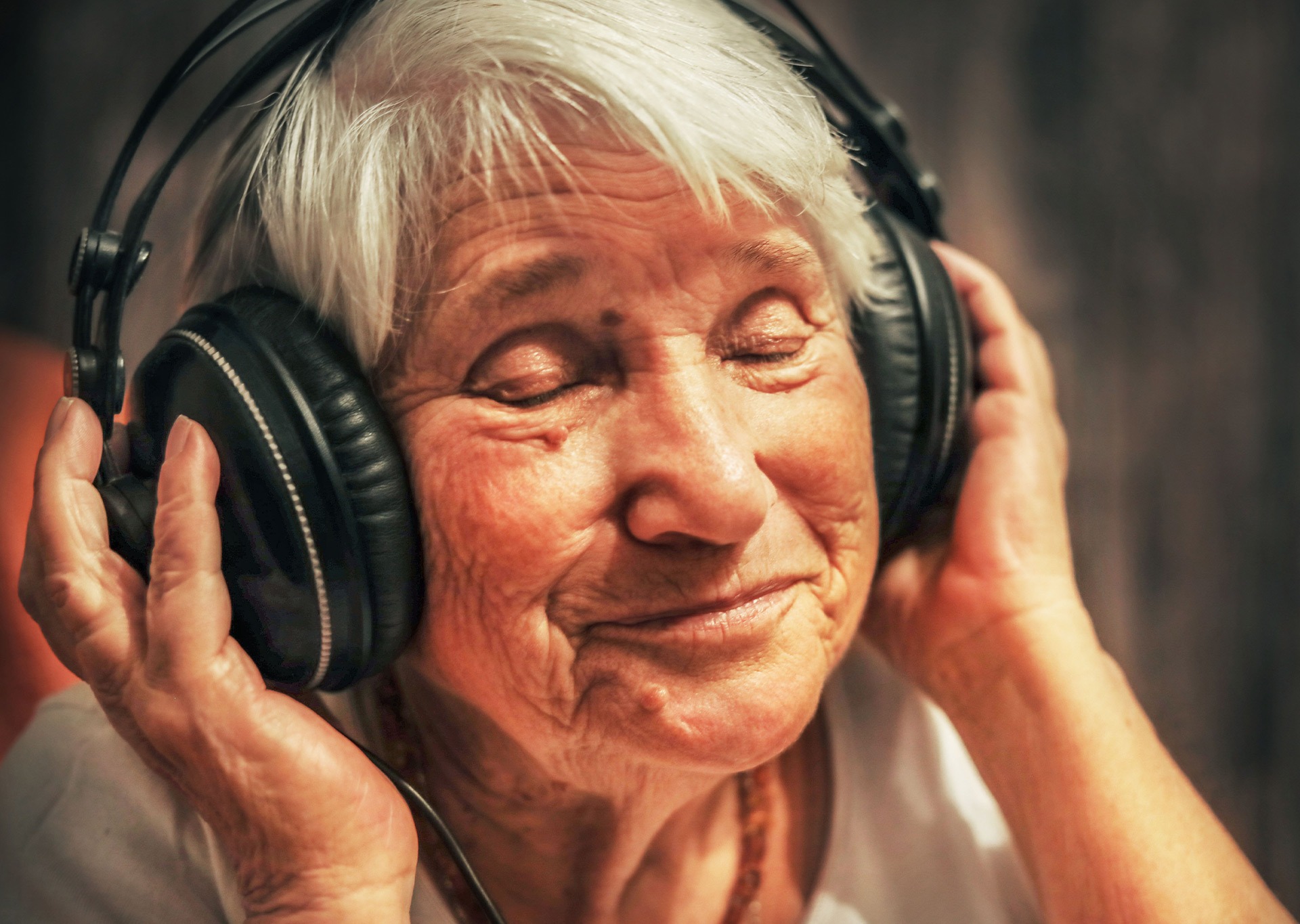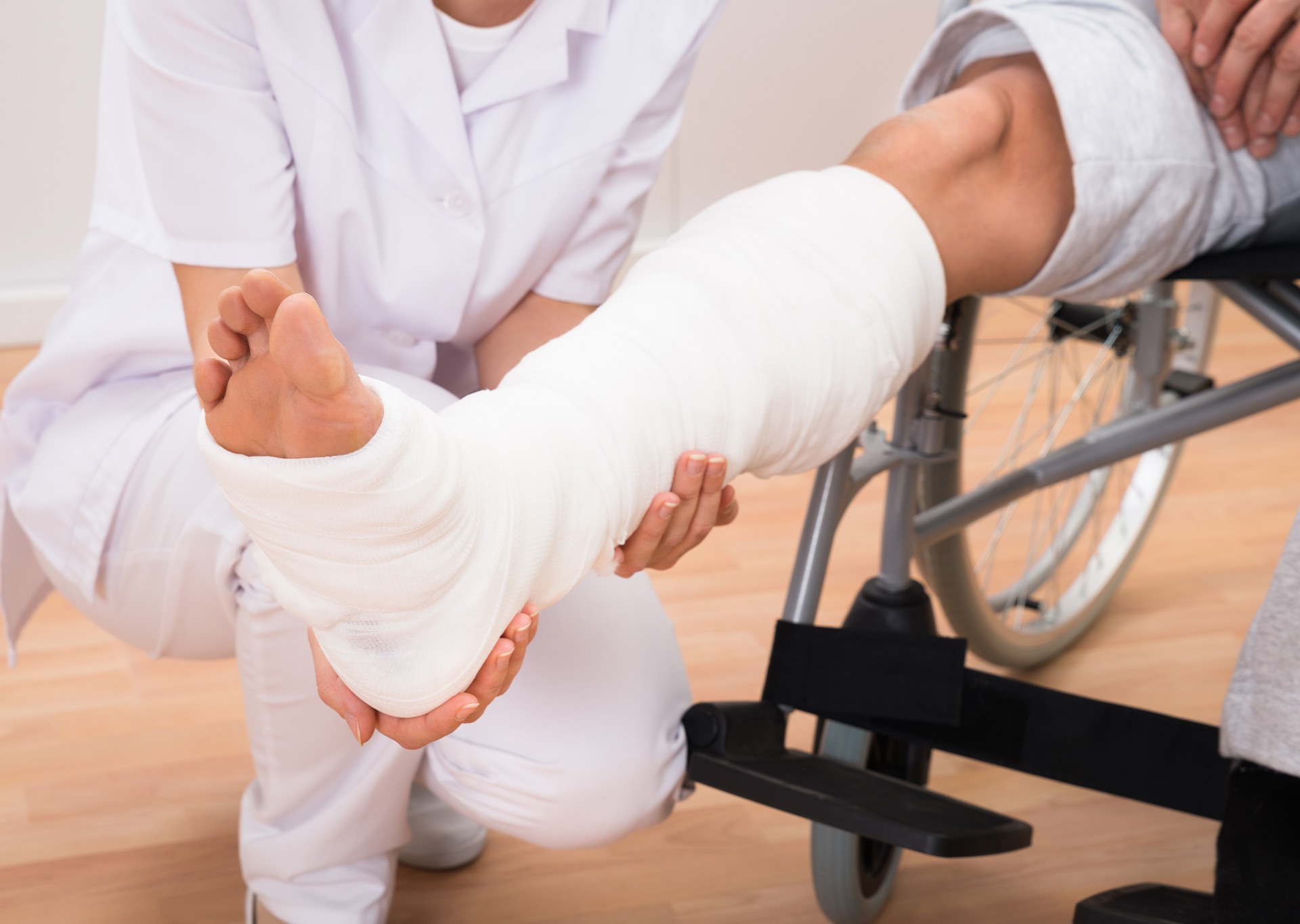
Warm and safe: Tips for staying warm in winter
Winter, with its low temperatures and adverse weather conditions, can be a challenge, especially for older people. These conditions not only affect comfort, but also increase the risk of cold-related health problems, such as hypothermia. Adopting appropriate strategies for dressing and staying warm improves overall well-being by preventing accidents and illnesses. Thus, dressing in layers, choosing appropriate footwear and using specific accessories are key aspects to face this season safely and comfortably.
Dressing in layers: an effective strategy
Dressing in layers is one of the most effective ways to stay warm in winter. This technique allows you to regulate your body temperature by adapting to changing conditions.
Starting with a base layer is crucial: tight-fitting, breathable clothing, such as thermal or long-sleeved shirts, helps maintain body heat while absorbing moisture to prevent cooling.
The second layer should provide additional insulation. Materials such as fleece, wool or high-quality synthetic fabrics are ideal, as they trap heat without adding excessive weight. A comfortable sweater or vest does the job perfectly.
Finally, the outer layer should protect against wind, rain and snow. Waterproof and windproof coats or jackets ensure an effective barrier against the elements, providing warmth and protection. Choosing garments with easy closures and spacious pockets adds functionality to winter attire.
Safe and comfortable footwear
Footwear is a crucial aspect of staying safe and warm in winter. It is essential to opt for shoes or boots that offer good support and traction to prevent falls. Shoes with non-slip soles are an excellent choice, and those that are easy to put on and take off can make every day wear easier.
Additionally, footwear should be roomy enough to allow for the use of thick socks, which provides extra warmth. Including orthotic insoles can improve comfort and accommodate the needs of those with limited mobility.
Essential winter accessories
Accessories are essential to complete winter attire and ensure that seniors stay warm. A good hat, scarf and gloves are a must to protect extremities from the cold. It is recommended to choose hats that cover the ears and long scarves that can be rolled up several times for extra warmth. Gloves should be comfortable and, if possible, with a design that allows finger mobility.
In addition to these basic accessories, portable blankets and hand warmers can be practical additions. These lightweight, yet thermal blankets are easy to carry in a bag or over the legs in a wheelchair, providing an additional heat source when needed. Hand warmers, available in reusable or disposable versions, are useful for keeping hands warm during long periods outdoors.
Mobility and comfort
Comfort and mobility should be priorities when dressing for winter, especially for seniors. It is essential that garments allow a full range of movement without restrictions and are easy to put on and take off. Not only does this improve the daily experience, but it also reduces the risk of accidents during the dressing process.
- Examples of practical clothing items include jackets with front closures, such as zippers or snaps, which make dressing easier, especially for those with limited mobility in their hands. Similarly, pants with elastic waistbands offer comfort and are easier to handle.
- For seniors who use wheelchairs or have specific needs, adaptive clothing can make a big difference. There are coats designed with strategic openings to make it easier to put on without having to get up completely, as well as capes and cloaks designed to cover both the person and the chair.
- In addition to clothing, footwear plays a crucial role. Shoes or boots should offer good support, insulation against the cold, and non-slip soles to prevent slipping on wet or icy surfaces.
By combining these options with appropriate layers of clothing and thermal accessories, seniors can enjoy more comfortable and safe mobility during the winter.
Staying warm and safe during the winter is critical, especially for older people, who are more vulnerable to cold temperatures. Implementing strategies such as dressing in layers, choosing appropriate footwear, and using specific accessories can make a big difference in quality of life during this season.
By prioritizing mobility, comfort, and protection from the cold, people can face winter with confidence and well-being. With the right solutions and necessary care, everyone can enjoy a warmer, more active, and safer winter season.








